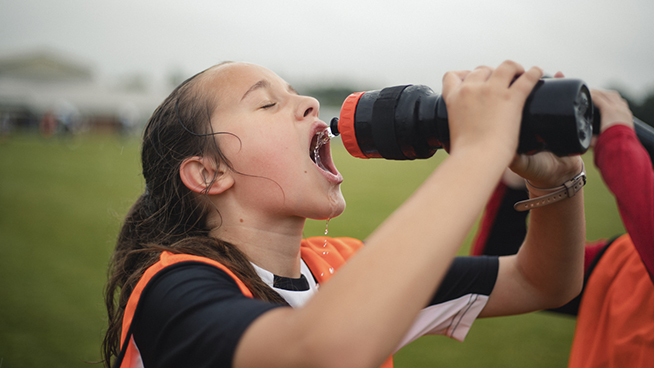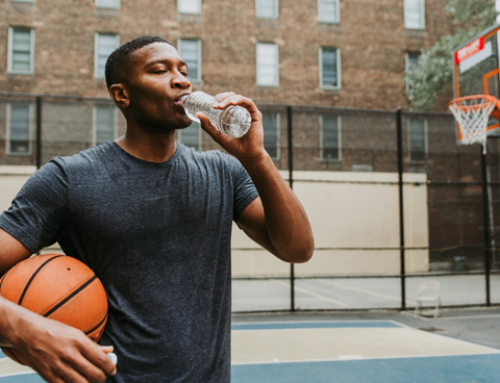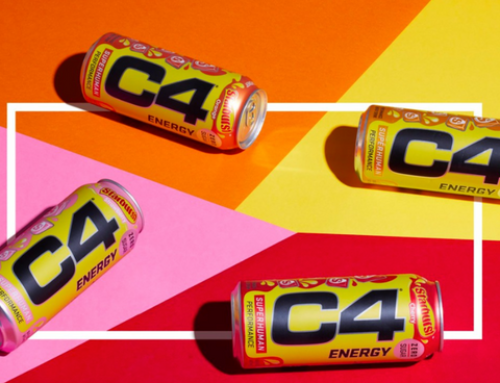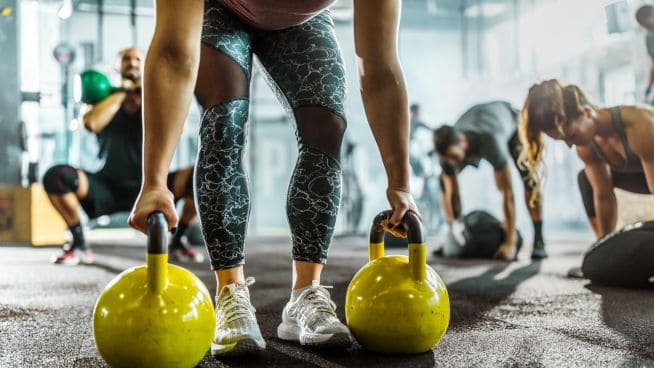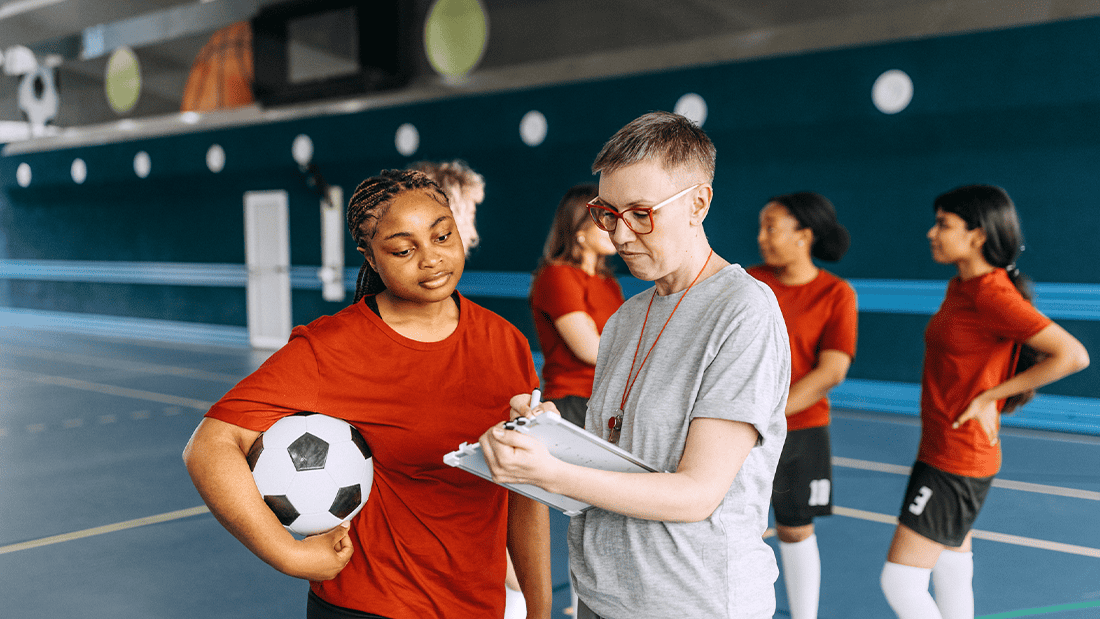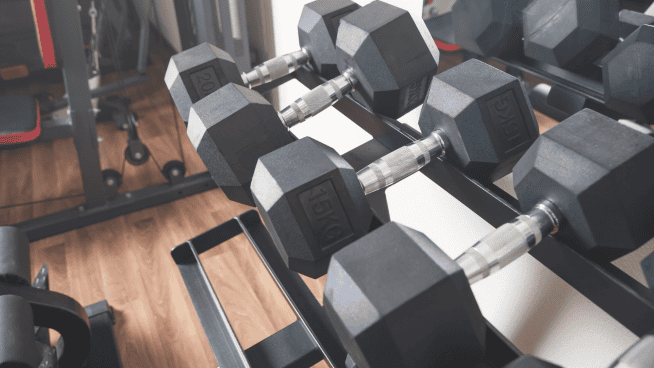
Conventional training wisdom has taught us the importance of proper hydration. (Get STACK’s All-Day Hydration Game Plan.)
Both endurance and non-endurance athletes require sufficient amounts of fluid intake around the clock for a healthy lifestyle and maximum performance. But that is where the similarities end.
Several factors determine an individual’s specific needs, including exercise intensity and training venue (indoors or out). Learn the rules of hydration. This will not only ensure you always train at your best but also that you stay healthy. (Learn how to Individualize Your Hydration Schedule.)
Hydration Rules
You probably already know that a two percent loss in body weight from sweat loss can cause a 20 percent drop in performance.
Our bodies are not made to hold on to fluids. Throughout the day, we lose water through sweating, urinating and even breathing. Athletes in particular need to pay attention to how much they sweat, because as soon as they start sweating during exercise, they begin to dehydrate. (See how to Boost Your Game With Proper Pre-Activity Fueling.)
On average, our bodies convert 75 percent of the energy we expend exercising into heat [1]. This is why we feel hot during training. We sweat to keep our core body temperature within safe limits. The more we sweat, the more fluid we lose and the more crucial it becomes to hydrate. If you fail to consume enough fluid, your blood can thicken and your fluid level can drop dramatically. This places more stress on your heart since it must work harder to pump a sufficient amount of blood [2]. If this occurs, you could ultimately face some serious health issues such as cramping, fatigue, dizziness, heat exhaustion or stroke.
General Hydration Recommendations
Your specific hydration needs will vary by:
- How much fluid you drink throughout the day
- Your level of perspiration
- How quickly and how often you replace fluids
- The intensity and duration of your training
How to tell if you’re getting enough fluids
- Watch your urine color. The lighter the better. (See The Truth About Dehydration.)
- Weigh yourself and note your weight before and after training. If you drop in weight, you need to rehydrate.
How to Hydrate
- Drink eight ounces of fluid for each 20 minutes of exercise.
- If you train for longer than 45 minutes, consume a sports drink to rehydrate and restore lost electrolytes.
- Choose wisely when hydrating. Water and sports drinks are important, but so is the food you eat. Caffeine before exercise can cause dehydration. Stick with vegetables, fruits and whole grains. Plant-based foods naturally contain higher amounts of water. Whole grains require less water for digestion compared to processed grains, which rob your body of fluid during the digestion process.
Proper hydration is always in season. Drink plenty of fluids, never let yourself get thirsty and eat a diet rich in whole foods.
Sources
[1] Mitchell, J. W. (1977). Energy Exchanges During Exercise. New York: Academic Press, pp. 11-26. [2] Greene, L. S., Greene, L., & Pate, R. R. (2004). Training for Young Distance Runners. Human Kinetics 1.RECOMMENDED FOR YOU
MOST POPULAR
Conventional training wisdom has taught us the importance of proper hydration. (Get STACK’s All-Day Hydration Game Plan.)
Both endurance and non-endurance athletes require sufficient amounts of fluid intake around the clock for a healthy lifestyle and maximum performance. But that is where the similarities end.
Several factors determine an individual’s specific needs, including exercise intensity and training venue (indoors or out). Learn the rules of hydration. This will not only ensure you always train at your best but also that you stay healthy. (Learn how to Individualize Your Hydration Schedule.)
Hydration Rules
You probably already know that a two percent loss in body weight from sweat loss can cause a 20 percent drop in performance.
Our bodies are not made to hold on to fluids. Throughout the day, we lose water through sweating, urinating and even breathing. Athletes in particular need to pay attention to how much they sweat, because as soon as they start sweating during exercise, they begin to dehydrate. (See how to Boost Your Game With Proper Pre-Activity Fueling.)
On average, our bodies convert 75 percent of the energy we expend exercising into heat [1]. This is why we feel hot during training. We sweat to keep our core body temperature within safe limits. The more we sweat, the more fluid we lose and the more crucial it becomes to hydrate. If you fail to consume enough fluid, your blood can thicken and your fluid level can drop dramatically. This places more stress on your heart since it must work harder to pump a sufficient amount of blood [2]. If this occurs, you could ultimately face some serious health issues such as cramping, fatigue, dizziness, heat exhaustion or stroke.
General Hydration Recommendations
Your specific hydration needs will vary by:
- How much fluid you drink throughout the day
- Your level of perspiration
- How quickly and how often you replace fluids
- The intensity and duration of your training
How to tell if you’re getting enough fluids
- Watch your urine color. The lighter the better. (See The Truth About Dehydration.)
- Weigh yourself and note your weight before and after training. If you drop in weight, you need to rehydrate.
How to Hydrate
- Drink eight ounces of fluid for each 20 minutes of exercise.
- If you train for longer than 45 minutes, consume a sports drink to rehydrate and restore lost electrolytes.
- Choose wisely when hydrating. Water and sports drinks are important, but so is the food you eat. Caffeine before exercise can cause dehydration. Stick with vegetables, fruits and whole grains. Plant-based foods naturally contain higher amounts of water. Whole grains require less water for digestion compared to processed grains, which rob your body of fluid during the digestion process.
Proper hydration is always in season. Drink plenty of fluids, never let yourself get thirsty and eat a diet rich in whole foods.

